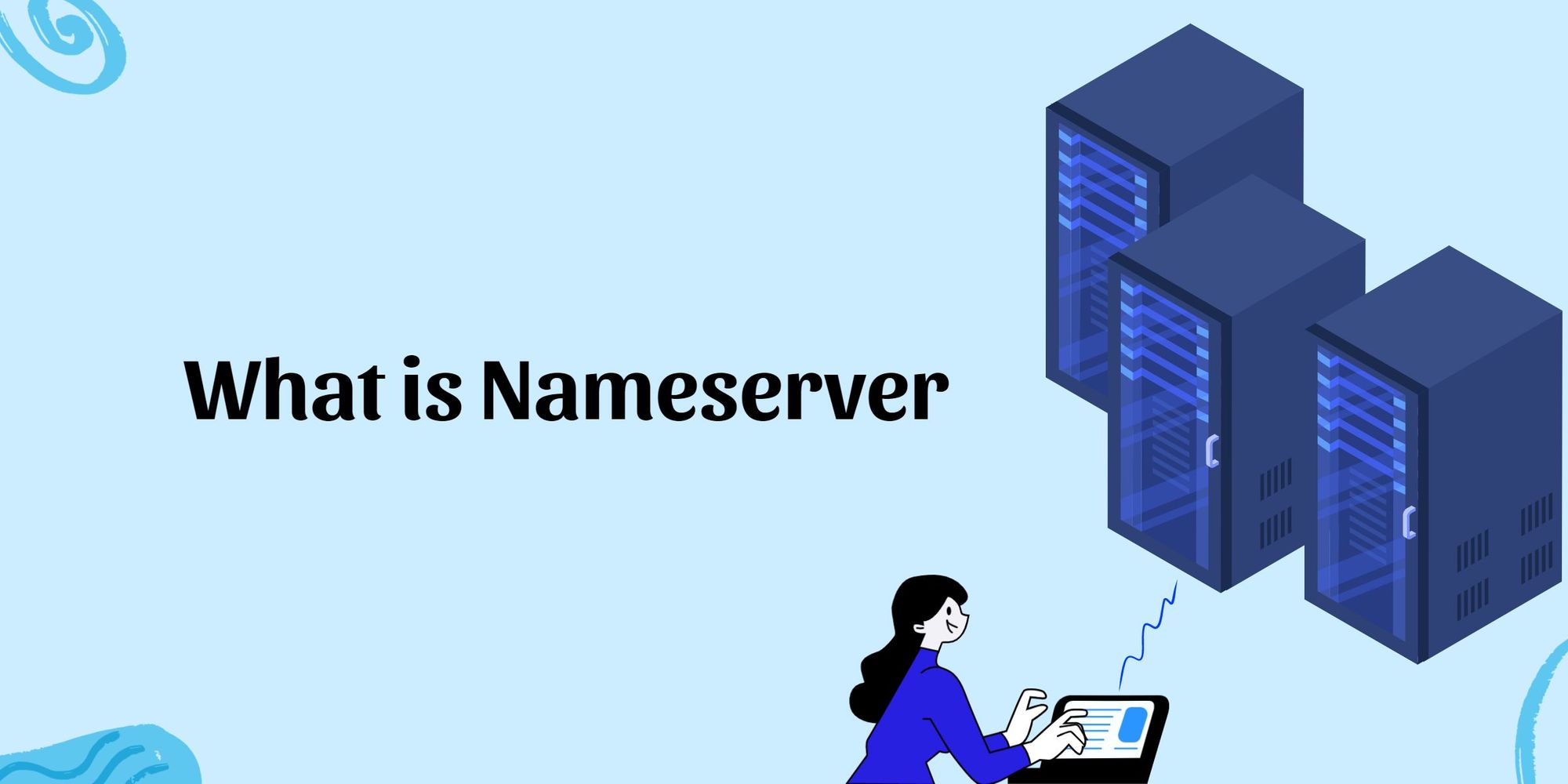In today’s digital age, communication has become more convenient and efficient thanks to the internet. One of the most commonly used methods of communication is through email, and many people rely on web-based email services, also known as webmail, for their daily correspondence. As the name suggests, webmail refers to email services that can be accessed through a web browser instead of using an email client software. This article will delve into the world of webmail, its evolution, features, benefits, and how it has transformed the way we communicate.
Evolution of Webmail
Before the advent of webmail, people relied on email clients such as Outlook, Thunderbird, or Apple Mail to manage their emails. These clients required installation and set up on personal computers, which limited their accessibility and convenience. However, with the introduction of webmail, users were able to access their emails from any device with an internet connection, making it a game-changer in the world of communication.

Before webmail became popular, individuals depended on email clients like Outlook, Thunderbird, or Apple Mail to handle their emails
Webmail first emerged in the late 1990s with services like Hotmail, Yahoo! Mail, and Gmail leading the way. These early versions of webmail had basic features and limited storage capacity. However, with the rise of the internet and advancements in technology, webmail evolved, becoming more sophisticated and user-friendly. Today, there are numerous webmail service providers, each offering unique features and capabilities to cater to the diverse needs of users.
Advancements in Webmail Technology
The evolution of webmail has been heavily influenced by advancements in technology. In the early days, webmail services were primarily text-based, with limited formatting options. However, with the growth of HTML and CSS, webmail became more visually appealing, allowing users to add images, change font styles, and customize their emails.
Moreover, the rise of mobile devices and responsive design has made webmail accessible on smartphones and tablets. This has greatly increased the convenience of using webmail, as users can now check their emails on-the-go without the need for a computer. Cloud technology has also played a significant role in the development of webmail, allowing for larger storage capacity and faster access to emails.
The Features of Webmail
Webmail services offer several features that make it an attractive option for communication. These features not only make webmail easy to use but also enhance productivity and organization.

Webmail services provide numerous features that enhance its appeal for communication purposes
User-Friendly Interface
One of the major benefits of webmail is its intuitive interface. Unlike email clients that require installation and setup, webmail can be accessed directly through a web browser, making it user-friendly for individuals of all technological abilities. The interface is designed to be visually appealing and easy to navigate, with clear labels and icons for different functions.
Email Organization
Webmail services come equipped with features that allow users to organize their emails efficiently. This includes options for creating folders, categorizing emails, and setting up filters to automatically sort incoming emails. Users can also search for specific emails using keywords or phrases, making it easier to find important messages.
Multi-Device Accessibility
As mentioned earlier, one of the main advantages of webmail is its accessibility from any internet-enabled device. This means that users can check their emails on their computers, laptops, tablets, or smartphones, providing them with flexibility and convenience. Webmail also synchronizes across devices, ensuring that all emails are up-to-date and accessible from anywhere.
Integration with Productivity Tools
Many webmail services offer integration with popular productivity tools such as calendars, task managers, and note-taking apps. This allows users to manage their schedules, tasks, and notes seamlessly within their email interface, eliminating the need to switch between different applications.
Benefits of Using Webmail
Now that we have explored the features of webmail, let us dive into some of its key benefits.
Convenience
One of the most significant advantages of webmail is its convenience. With no need for installation or set up, users can access their emails from any device with an internet connection. This eliminates the hassle of managing multiple email clients on different devices and allows for a seamless experience.
Cost-Effective
Webmail services are generally free to use, making it a cost-effective option for individuals and businesses. This eliminates the need to purchase expensive email client software and saves money on maintenance and updates.
Large Storage Capacity
Webmail services offer a much larger storage capacity than traditional email clients. This allows users to store a large number of emails, attachments, and other files without worrying about running out of space. Moreover, with cloud technology, users can also access their older emails without taking up storage space on their devices.
Security
Webmail services utilize advanced security measures to keep user data safe. This includes encryption techniques to protect sensitive information and spam filters to prevent phishing attacks. Additionally, webmail services regularly update their security protocols to ensure that users’ information remains secure.
Collaboration
Webmail services make it easy for users to collaborate with others through email. This includes sharing documents, scheduling meetings, and communicating with team members effortlessly. This is especially beneficial for businesses that have teams working remotely or in different locations.
Popular Webmail Services Available Today
As mentioned earlier, there are numerous webmail services available today, each offering unique features and capabilities. Some of the most popular webmail services include:

Today, there are many webmail services available, each providing distinct features and capabilities
Gmail
Gmail, introduced by Google in 2004, has over 1.5 billion active users worldwide, making it the most widely used webmail service. It offers a clean and intuitive interface, excellent organization features, and integration with other Google productivity tools such as Google Calendar and Google Drive. Moreover, Gmail provides users with 15GB of free storage, with options to upgrade for larger storage capacities.
Outlook
Outlook, formerly known as Hotmail, was first introduced in 1996 and is now part of the Microsoft Office Suite. It offers a user-friendly interface, excellent organizational features, and integration with other Microsoft tools such as OneDrive and Skype. Outlook also provides users with a large storage capacity of 15GB for free.
Yahoo! Mail
Yahoo! Mail, launched in 1997, was one of the earliest webmail services and remains popular today. It offers a modern interface, excellent spam filters, and integration with Yahoo! Calendar and Messenger. Yahoo! Mail also provides users with 1TB of free storage, making it an attractive option for those who require ample storage.
Zoho Mail
Zoho Mail is a popular webmail service among businesses as it offers a professional email address and domain for companies. It has a clean and user-friendly interface, robust security features, and integration with other Zoho productivity tools such as Zoho CRM and Zoho Projects. Zoho Mail provides users with 5GB of free storage and allows for easy collaboration among team members.
ProtonMail
ProtonMail is a secure webmail service that uses end-to-end encryption to protect user data. It offers a minimalist design, advanced security features, and integration with productivity tools such as Tutanota and Mailfence. ProtonMail provides users with 500MB of free storage, with options to upgrade for larger storage capacities.
The Future of Webmail
With the continuous advancements in technology, it is safe to say that the future of webmail is bright. As more and more people rely on web-based platforms for communication, we can expect further developments in webmail services to enhance their capabilities and convenience.
Some potential features that we may see in the future of webmail include:
- More advanced security measures such as biometric authentication
- Integration with virtual assistants such as Google Assistant and Amazon Alexa for voice-activated commands
- Artificial Intelligence (AI) to improve email organization and suggest responses
- Augmented Reality (AR) and Virtual Reality (VR) capabilities for a more interactive email experience
Conclusion
Webmail has undoubtedly revolutionized the way we communicate, offering convenience, cost-effectiveness, and advanced features that enhance productivity and organization. With its continuous development and evolution, webmail is expected to remain a crucial means of communication in the modern world. Whether for personal or professional use, webmail is an essential tool that makes our lives easier and more connected. So the next time you check your emails, take a moment to appreciate the impact of webmail in transforming the way we communicate.



